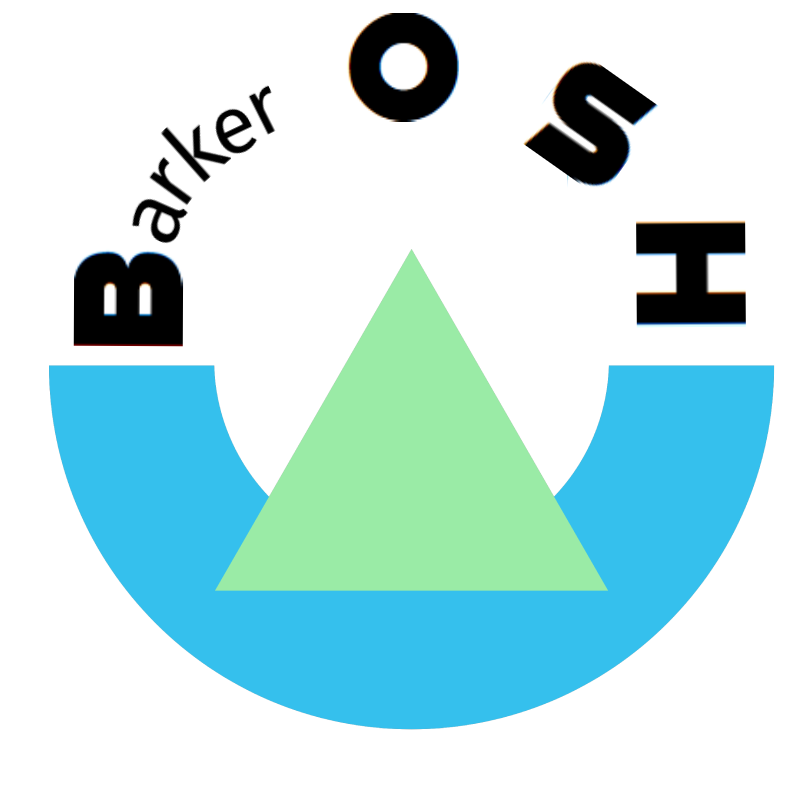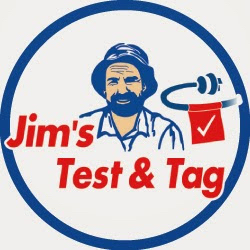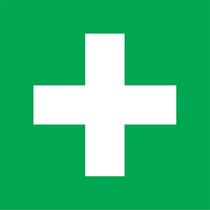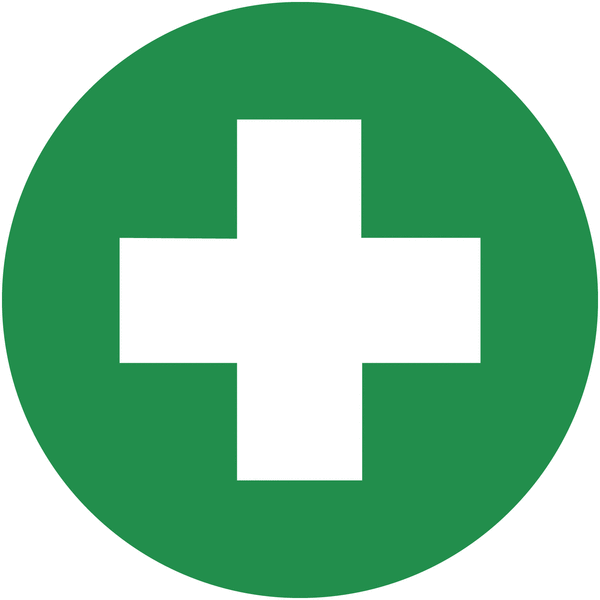Title Page
-
Where is the machine located
-
Document number
-
Conducted on
-
Prepared by
-
Machine
-
Image
-
Serial Number or Identification
Risk Assessment
- Hazard, Risks and Controls
-
What is the hazard?
- Trapping/entanglement
- Being struck or crushed by machinery
- Being struck by ejection of material
- Being struck by ejection of machinery parts
- Contact with hazardous parts
- Contact with materials being processed
- Electricity (inc. static electricity)
- Radiation
- Hazardous chemicals (toxic, corrosive, irritant)
- Flammable/explosive
- Pressure and vacuum
- Noise and vibration
- Temperature (high, low)
- Dusts
-
Who Might be Harmed
- Employees
- Other Contractors
- Customer Employees
- Members of the Public
- Children
- Vulnerable Adults
- New and Expectant Mothers
-
What are the control measures?
-
What is the likelihood?
-
What are the consequences?
-
What is the risk level?
-
Is the risk level acceptable?
-
Specify the extra control measures required to ensure the risk level becomes acceptable.
Supporting Questions
-
Is right equipment being used for job?
-
Are guards in place and working properly?
-
Are they properly affixed (tools should be required to remove them)?
-
If a moveable guard, is it interlocked with the drive?
-
Are guards protected against bypass?
-
Is interlocking mechanism/trip device in place and working properly?
-
Is guard adequately constructed and of sound design?
-
Where guards cannot give full protection, are holders, push sticks etc. used to move the work-piece?
-
Is local exhaust ventilation in place and functioning correctly?
-
Are controls positioned at a safe distance from the danger area?
-
Is a special hold to run or two-hand control in place or necessary?
-
Are controls clearly marked?
-
Are controls designed to avoid accidental operation e.g. shrouding start buttons/pedals?
-
Where operators/maintenance workers enter a danger area, are interlocked or trapped key systems in place?
-
Are emergency stop controls in place and within easy reach?
-
Are overrun devices fitted/required/fully operational?
Cleaning & Maintenance
-
Are manufacturer’s instructions being followed?
-
Is a formal safe system of work in place (e.g. permit to work)?
-
Is routine cleaning and maintenance taking place?
-
Are those items requiring statutory examination (e.g. pressure systems, power presses, LEV) being examined by a competent person?
-
Are guards/other safety devices being regularly checked?
-
Is power to machine disconnected during maintenance?
-
Is equipment and pipelines containing pressurised fluid, gas etc. isolated?
-
Is moving equipment allowed to stop?
-
Is time allowed for equipment to cool down?
Operatives
-
Are operatives aware of manufacturer’s instructions/operating procedures?
-
Have they been given any instruction on use of the machine (the greater the danger, the more in-depth training needs to be)?
-
Do they know of the hazards and the safeguards in place (e.g. stop control)?
-
If PPE is required have operatives received instruction in care and use of relevant PPE?
-
Has hair, clothing etc. been tied back/secure?
-
Has all jewellery such as necklaces which could get caught in machinery been removed?
General Considerations
-
Is area around the machine clean and tidy?
-
Is lighting adequate?
-
Is signage in place and of correct design?
-
Is machine circuitry tested and maintained on a regular basis?
-
Is spacing around machinery adequate to provide access for operation, supervision, maintenance and cleaning?
-
Is safe means provided for the removal of swarf, leaking oil, spilled material etc.
-
Is cabling around machine managed satisfactorily?
-
Is machinery and its components stable and securely bolted down?
Completion
-
Are there any other issues that might need to addressed in future
-
Specify
-
Signature
Staff Sign Off
-
Name
-
Signature
-
Date













